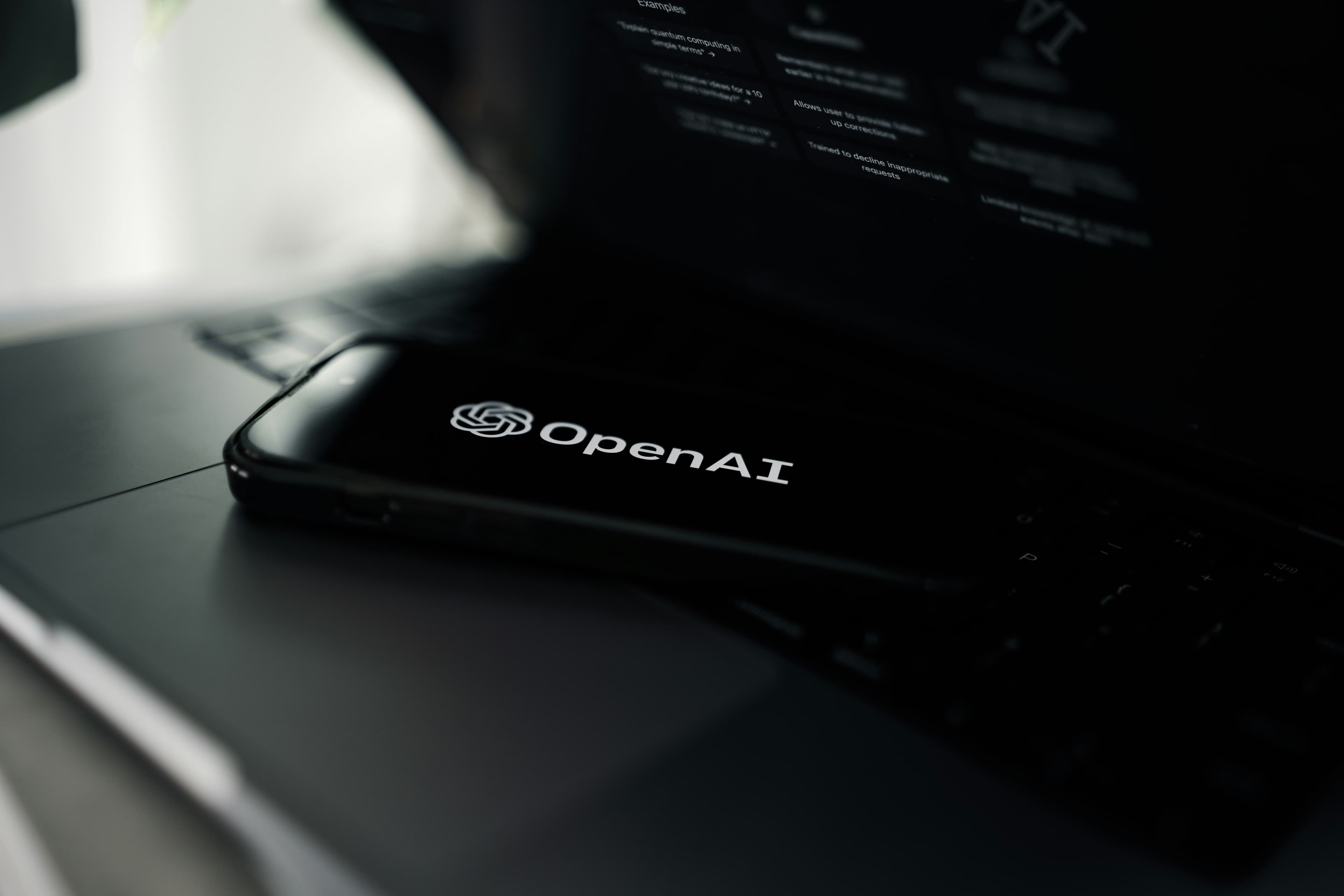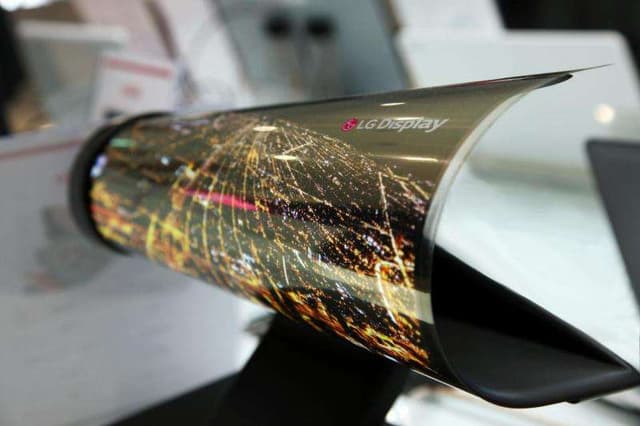In 2025, the story of technology is no longer one of noise, disruption, or flashiness. The era of grand unveilings and clunky “next big things” is behind us. Today, technology is evolving toward something more subtle—more seamless. It’s no longer just about doing more, faster. It’s about doing better, with less friction. In short: technology in 2025 is quieter, smarter, and more human.
This isn’t just a shift in product design. It’s a cultural transformation. Let’s explore how that transformation is unfolding in the devices we use, the systems we trust, and the societies we’re building.
1. The Rise of Ambient Technology
Perhaps the most defining trait of modern tech in 2025 is its ambient nature. Devices no longer clamor for our attention—they fade into the background, silently powering the environment around us.
Smart homes now adapt dynamically, with AI-driven temperature, lighting, and even scent adjustments based on real-time biometric data.
Wearables act more like wellness companions than gadgets, monitoring stress, hydration, focus, and even social burnout.
Invisible interfaces—from voice and gesture control to contextual automation—mean less tapping, less staring, more living.
The goal isn't immersion, but harmony. Our environments are learning to understand us, instead of the other way around.
2. AI Is No Longer Just a Tool—It’s an Ecosystem
Artificial Intelligence in 2025 is not confined to apps or bots. It's become an ecosystem of interconnected intelligences, quietly orchestrating our digital and physical realities.
We’re seeing:
Federated AI: Personal assistants that learn locally, keeping your data on your device while still getting smarter.
Context-aware assistants: No more clunky commands. You say, “I need to focus,” and your system dims distractions, mutes non-urgent alerts, and reshuffles your schedule.
Collaborative AI tools: Whether designing a product, coding software, or editing video, humans now co-create with machines in real time—like working with a tireless creative partner.
AI is becoming less about artificial intelligence and more about augmented experience.
3. The Blending of Physical and Digital Realities
2025 has also ushered in a new spatial awareness—a blending of real and virtual that goes beyond gimmicky AR glasses.
Spatial computing lets workers manipulate 3D data in midair, architects walk through virtual blueprints, and surgeons rehearse procedures in mixed-reality theaters.
Persistent AR layers now enhance cities, homes, even nature trails—with contextual information, social features, and dynamic personalization.
For many, the metaverse hype of years past has matured into practical, often beautifully subtle spatial tools embedded in daily life.
Rather than replacing reality, tech in 2025 is enriching it—layering meaning, insight, and interaction onto the world we already inhabit.
4. Ethical Design Is Finally Gaining Ground
After years of public outcry, regulatory lag, and data scandals, 2025 is showing real signs of an ethics-first technology culture.
Here’s what’s changing:
Privacy is a default, not a premium. More services are using edge processing and encryption by design.
Algorithmic transparency is now expected—users can see and influence how recommendations are made.
Bias audits and fairness checks are integrated into development pipelines, thanks to new compliance standards emerging globally.
This doesn’t mean the work is done—but the direction is clear: ethical design is no longer a niche. It’s a norm.
5. Sustainability Through Innovation
Contrary to early fears, technological progress in 2025 is proving to be a powerful force for environmental sustainability.
Decentralized energy grids powered by AI and IoT optimize energy use in real time.
E-waste reduction is addressed through modular hardware, repair-friendly design, and universal firmware platforms.
Climate tech startups are booming—using machine learning to predict crop yields, track emissions, and even develop carbon-absorbing materials.
Technology is shifting from being part of the problem to becoming a vital part of the solution.
6. Education, Healthcare, and the Human-Centric Pivot
Where tech’s impact is perhaps most profound in 2025 is in essential sectors—especially education and healthcare.
In education, adaptive learning platforms personalize lessons not just by skill level, but by mood, attention span, and learning style.
In healthcare, AI-powered diagnostics reduce misdiagnosis rates, while telemedicine has evolved into immersive, real-time care—especially in underserved areas.
Mental health support is more accessible than ever, with empathetic conversational AI providing always-available care while triaging for human specialists when needed.
In these areas, tech is not replacing humans—it’s enabling them to focus where they matter most.
7. The Quietness Is the Innovation
The real revolution of 2025 isn’t flashy. It’s quiet. It’s in the absence of friction, the softness of integration, and the restoration of attention. We’re no longer drowning in notifications or jumping between apps. Instead, we move fluidly through experiences, guided—not governed—by tech.
This isn’t the future we were shown in sci-fi films, where machines take over or glitter dominates everything. It’s something subtler. And maybe better.
From Technology-Centric to Human-Centric
Looking at 2025, it’s clear we’re transitioning from a technology-centric society to a human-centric one enabled by technology. The tools we built have matured. Now, they are beginning to support—not define—our identities, our rhythms, and our choices.
We still face questions. Who gets access? Who controls the defaults? How do we keep it equitable?
But for the first time in a long time, the trajectory feels promising—not just because the machines are smarter, but because we’re starting to ask smarter questions.
Technology isn’t everything. But in 2025, it’s finally acting like it knows that.
Loading...



